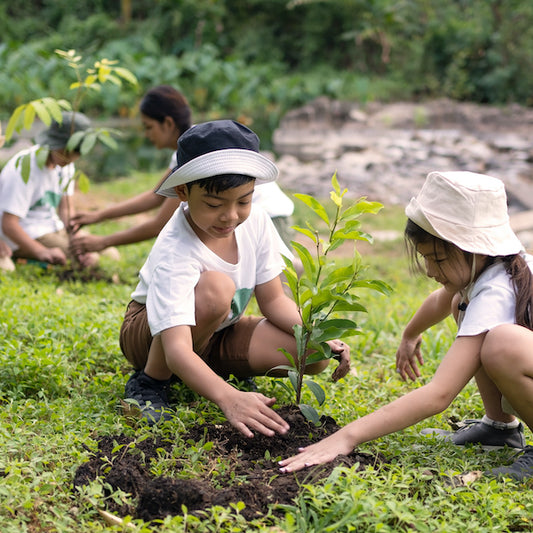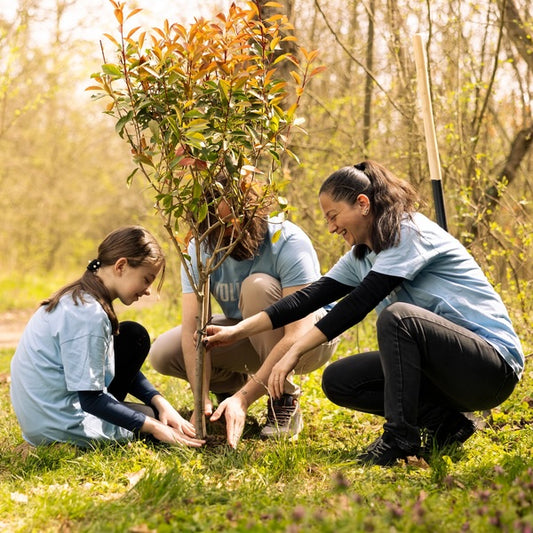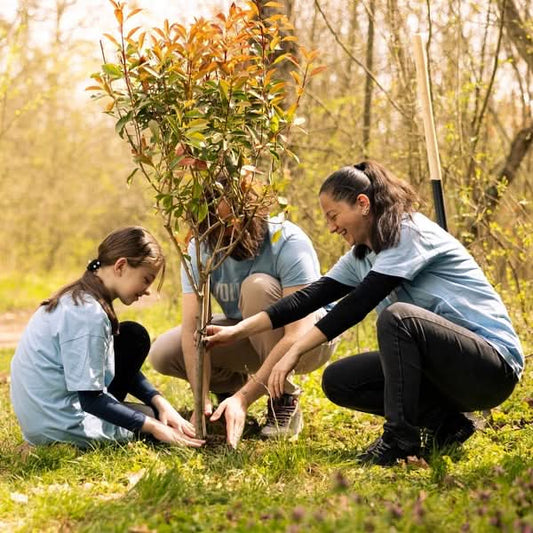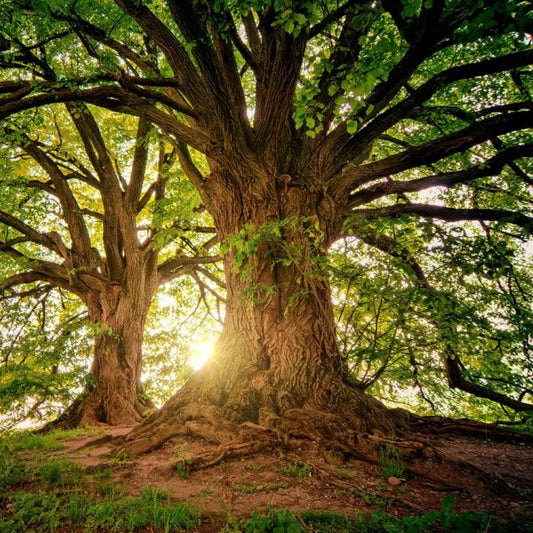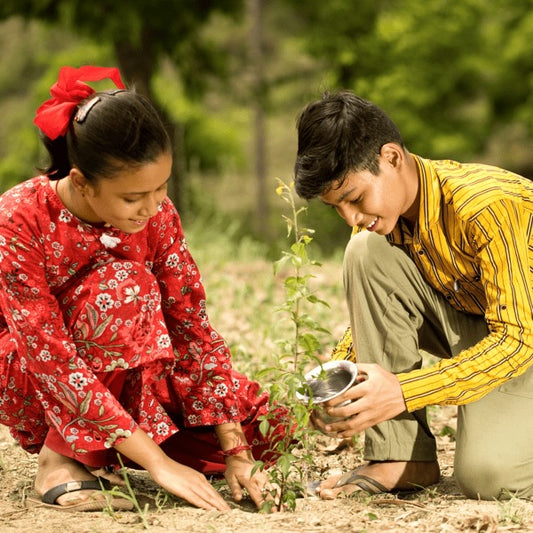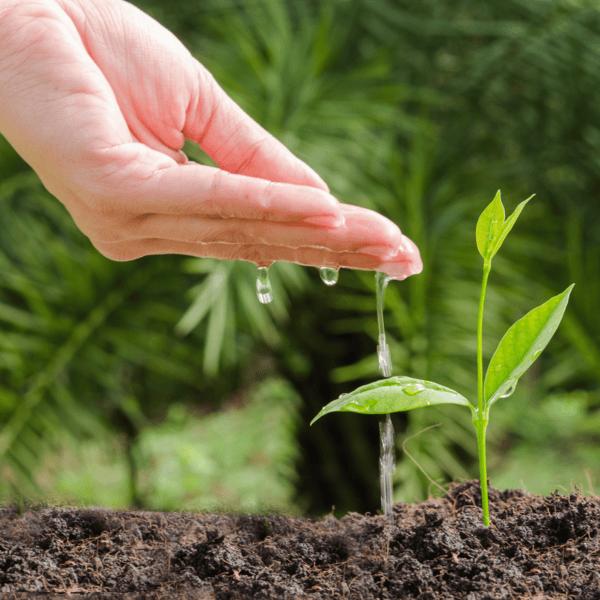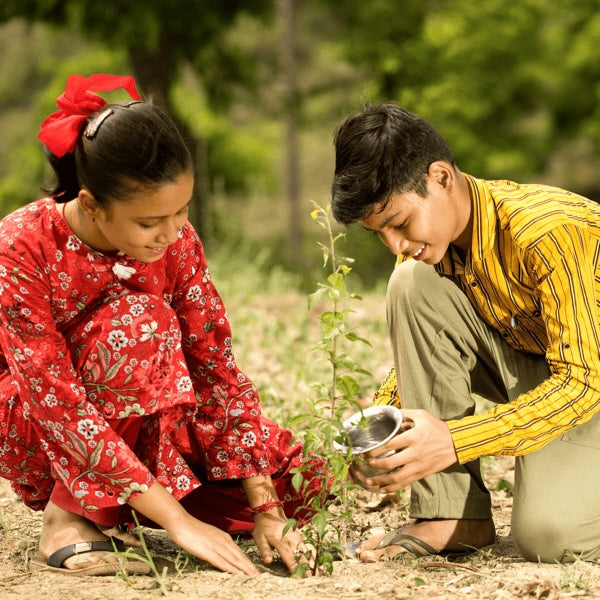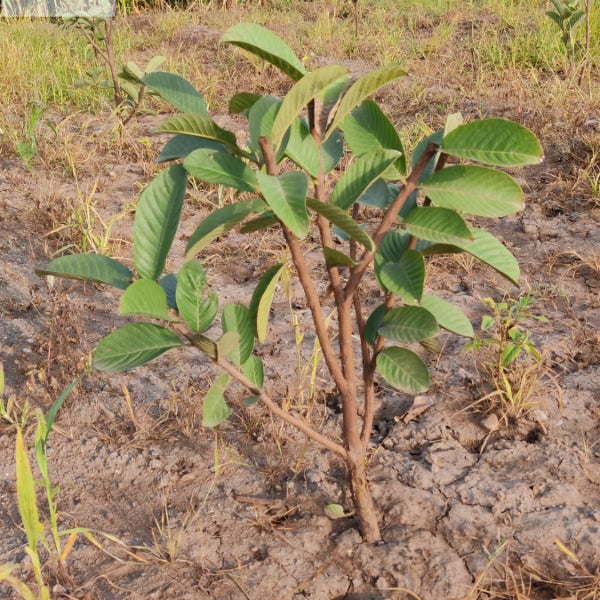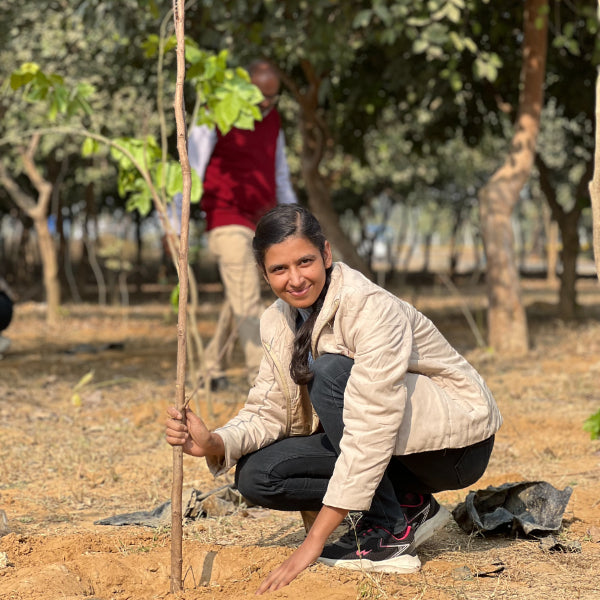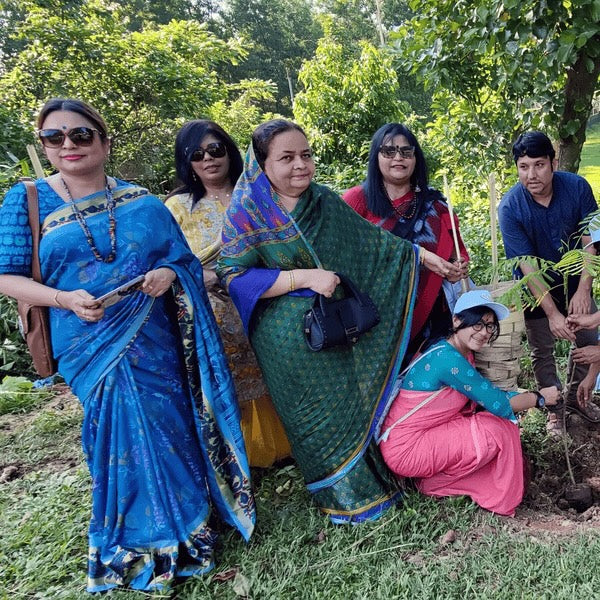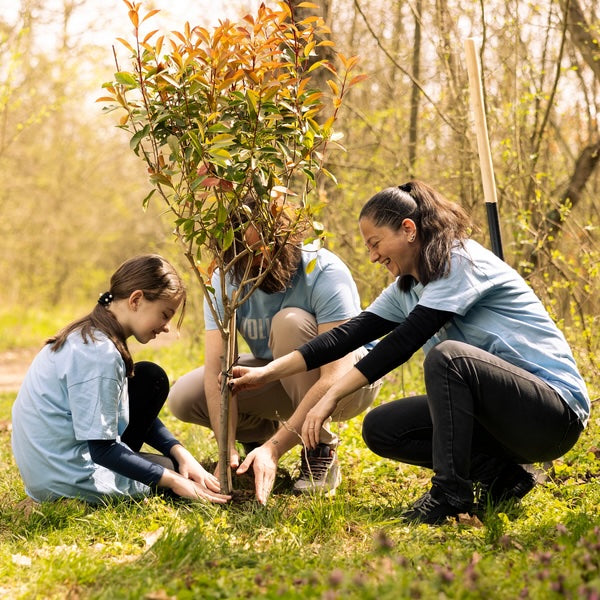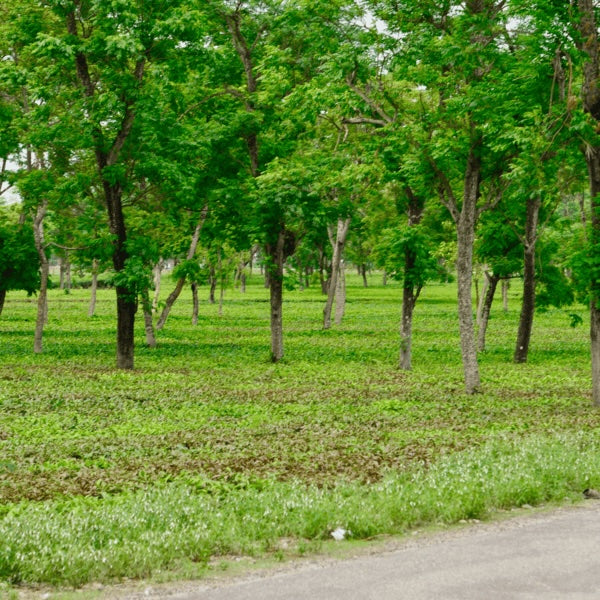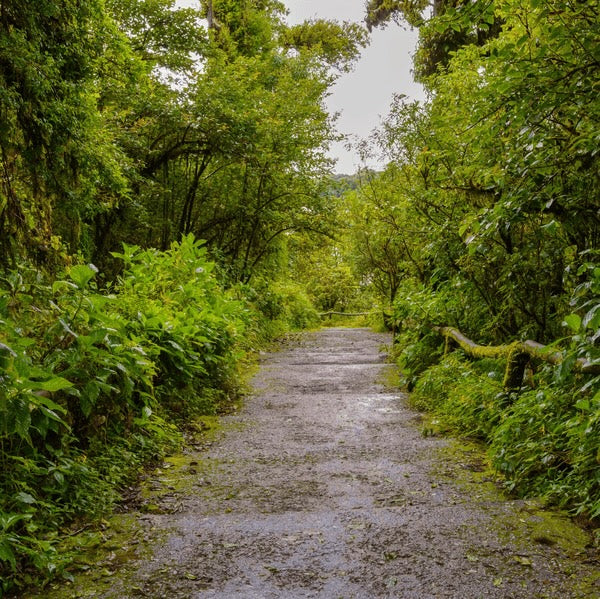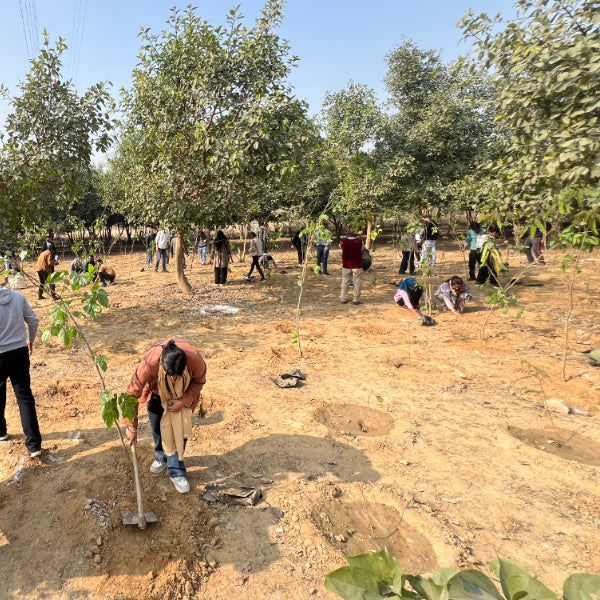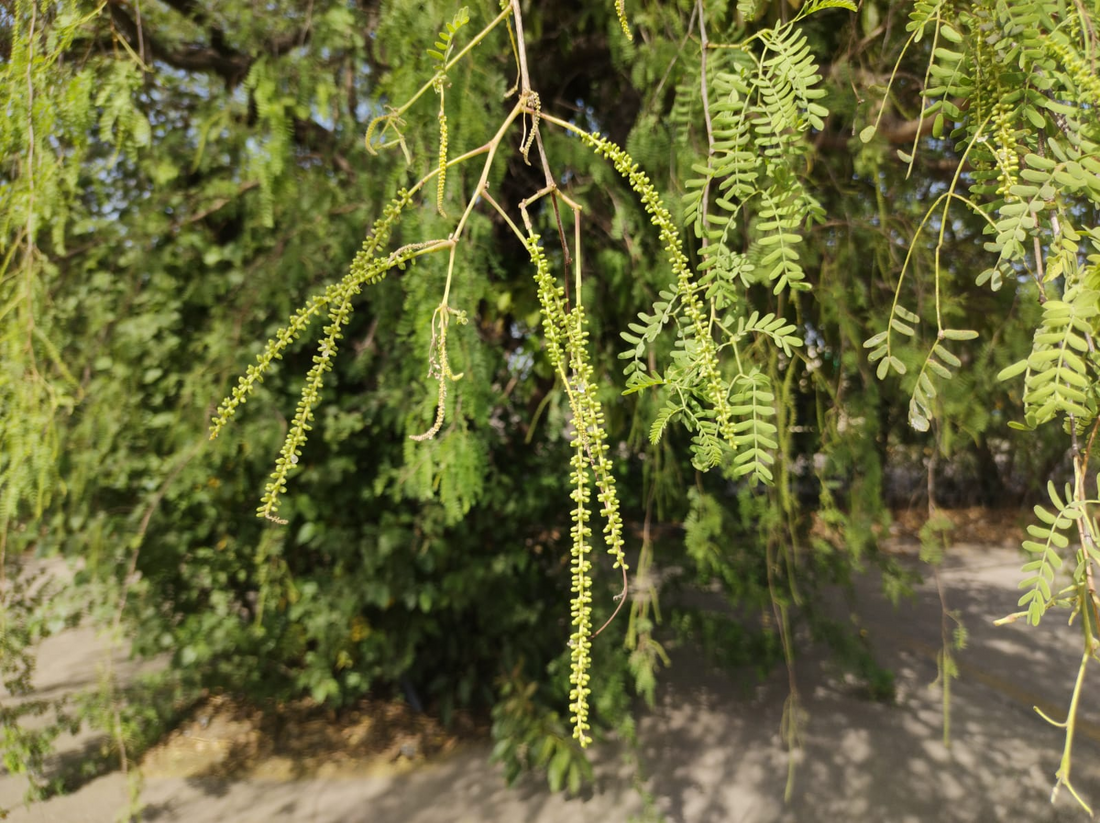

The Kiryer Tree, scientifically known as Prosopis cineraria, is a desert marvel that thrives where few plants can survive. Revered for its medicinal properties, ecological benefits, and cultural significance, this hardy tree is an essential component Read more
Trending
Trees for Corporates
Kiryer Tree: Unlocking the Hidden Secrets of Nature’s Ancient Healer a
The Kiryer Tree, scientifically known as Prosopis cineraria, is a desert marvel that thrives where few plants can survive.
Revered for its medicinal properties, ecological benefits, and cultural significance, this hardy tree is an essential component of life in arid regions.
From ancient healing practices to modern sustainability efforts, the Kiryer Tree stands as a symbol of resilience and abundance. Let’s explore its fascinating history, scientific wonders, and environmental contributions.
What is the Kiryer Tree?
The Kiryer Tree, commonly called Khejri in India, is a member of the Fabaceae family. Native to arid and semi-arid regions of South Asia and the Middle East, it’s known for its ability to thrive in extreme heat and drought.
This evergreen tree typically grows up to 10 meters and provides essential shade, food, and resources for people and wildlife alike.
Historical and Cultural Significance
The Kiryer Tree holds a sacred place in Indian culture. It is deeply associated with the Bishnoi community, known for their environmental conservation efforts.
In 1730, the Bishnoi sacrificed their lives to protect these trees, giving birth to one of the earliest environmental movements, the Chipko movement. Additionally, the tree is often mentioned in Vedic texts as a “Kalpavriksha,” or wish-fulfilling tree.
Fun Fact: The Kiryer Tree is Rajasthan’s state tree, symbolizing life in the desert and playing a central role in traditional agriculture.
Medicinal Properties of the Kiryer Tree
For centuries, the Kiryer Tree has been valued in traditional medicine for its therapeutic properties. Its bark, leaves, pods, and roots are used in various remedies, making it a natural pharmacy for desert communities.
- Anti-inflammatory: Its bark extracts are used to reduce swelling and treat joint pain.
- Digestive Health: The pods aid in treating indigestion and diarrhea, offering a natural solution to common ailments.
- Skin Care: The tree’s leaves and bark are effective in treating wounds, infections, and skin rashes.
- Immune Boosting: Rich in nutrients, the pods strengthen immunity and overall health.
Scientific Backing
Research published in the Journal of Ethnopharmacology highlights the antimicrobial and antioxidant properties of Prosopis cineraria. Studies also validate its use in managing diabetes and inflammation, reinforcing its role in traditional medicine.
Environmental Contributions
The Kiryer Tree is a keystone species in arid ecosystems, providing critical support for biodiversity and climate resilience. Its deep root system allows it to access groundwater, stabilizing soil and combating desertification.
- Soil Enrichment: As a nitrogen-fixing tree, it improves soil fertility, supporting agriculture in harsh climates.
- Carbon Sequestration: Like all trees, it absorbs carbon dioxide, helping to mitigate climate change effects.
- Wildlife Support: Its leaves, pods, and flowers provide food for livestock, birds, and other wildlife, ensuring ecosystem balance.
Fun Fact: The Kiryer Tree can survive for months without rainfall, making it a lifeline in drought-prone areas.
Kiryer Tree in Agriculture
Farmers in arid regions value the Kiryer Tree for its ability to provide shade and enrich soil. Its pods, known as “Sangri,” are an essential ingredient in traditional Rajasthani cuisine, showcasing its cultural and economic significance.
Planting and Caring for the Kiryer Tree
- Soil: It thrives in sandy or loamy soils with good drainage, adapting to poor soil conditions.
- Sunlight: Requires full sunlight to flourish and produce healthy pods and leaves.
- Watering: Minimal watering is required once the tree is established, making it drought-resistant.
- Pruning: Regular pruning helps maintain its shape and health, encouraging better pod production.
Modern Research and Applications
Ongoing studies are exploring the Kiryer Tree’s potential in pharmaceuticals, agroforestry, and climate resilience.
Its antioxidant-rich pods show promise in nutraceuticals, while its nitrogen-fixing ability positions it as a sustainable solution for degraded lands.
Cultural Symbolism
The Kiryer Tree is not just a tree; it’s a symbol of life and prosperity in desert communities. Often planted near homes and temples, it represents resilience, sustenance, and harmony with nature.
Conservation and Sustainability
Despite its hardiness, the Kiryer Tree faces threats from deforestation and urbanization. Promoting its planting in agroforestry and reforestation projects is vital to preserving its ecological and cultural legacy.
Conclusion
The Kiryer Tree is a testament to nature’s ingenuity and generosity. From its role as an ancient healer to its contributions to modern sustainability, it’s a true marvel of the natural world.
Let’s celebrate and protect this resilient tree, ensuring its benefits continue to enrich ecosystems and communities for generations to come.
You may also like
Corporate Plantations
Kiryer Tree Benefits
The Kiryer Tree is a desert warrior, offering medicinal, ecological, and agricultural benefits. From treating ailments to combating desertification, it’s nature’s way of multitasking with style.
Medicinal Properties of Kiryer Tree
Packed with anti-inflammatory and antimicrobial compounds, the Kiryer Tree’s bark, pods, and leaves act as a natural pharmacy, healing everything from wounds to digestive issues.
Kiryer Tree in Agriculture
A farmer’s best friend, this tree enriches soil, provides shade, and delivers nutrient-packed pods, ensuring better yields and sustainable farming in arid lands.
Environmental Role of Kiryer Tree
With its deep roots and nitrogen-fixing ability, the Kiryer Tree combats desertification, enriches soil, and supports biodiversity, proving it’s more than just a pretty green addition.
Kiryer Tree in Traditional Medicine
Revered for centuries, the Kiryer Tree plays a vital role in Ayurvedic treatments, offering remedies for inflammation, respiratory issues, and immunity boosting.
Kiryer Tree for Climate Resilience
Drought-resistant and carbon-sequestering, this tree stands tall as an ally in the fight against climate change, thriving where other plants fail.
Cultural Significance of Kiryer Tree
Rooted in history and rituals, the Kiryer Tree symbolizes life and abundance, making it a sacred and celebrated part of desert communities.
Conservation of Kiryer Tree
Threatened by urbanization, conserving this tree through reforestation and sustainable practices ensures its ecological and cultural treasures endure.
FAQ
What is the Kiryer Tree?
The Kiryer Tree, scientifically known as Prosopis cineraria, is a hardy desert tree known for its medicinal, ecological, and cultural significance, thriving in arid regions with minimal water.
Why is the Kiryer Tree called a sustainable marvel?
Its nitrogen-fixing roots enrich soil, it combats desertification, and its drought tolerance makes it a champion of sustainability in harsh climates.
What are the health benefits of the Kiryer Tree?
From treating inflammation and digestive issues to boosting immunity, the tree’s bark, pods, and leaves are packed with therapeutic properties backed by traditional medicine.
How does the Kiryer Tree support biodiversity?
Its canopy provides shade and shelter, while its flowers and pods offer food for livestock, birds, and insects, making it a keystone species in desert ecosystems.
What role does the Kiryer Tree play in agriculture?
Farmers value it for enriching soil, providing shade, and offering nutrient-rich pods, ensuring sustainable farming practices in arid regions.
Why is the Kiryer Tree significant in culture?
Revered as a symbol of life and abundance, it’s deeply rooted in rituals and history, especially in desert communities and conservation movements like the Bishnoi Chipko movement.
Can the Kiryer Tree help combat climate change?
Yes, its carbon-sequestering abilities, resilience to drought, and role in restoring degraded lands make it a powerful ally against climate change.
Why is conserving the Kiryer Tree important?
Conservation ensures its ecological benefits, cultural heritage, and role in sustainable farming are preserved, preventing the loss of this desert treasure to deforestation.
Most Popular
Connect with us
-
👥 Corporates
If you are looking for:
- 🌲 Tree Plantation Events
- 📊 CSR Projects
📧 corporate@growbilliontrees.com
📞 +91 9699723523
💬 +91 9325931304 WhatsApp (Only)
🕒 Mon - Sat | 10am - 7pm IST
-
🧩 Tree Plantation NGOs
If you are looking for:
- 💰 Financial Assistance
- 🤝 Operational Support
📧 support@growbilliontrees.com
📞 +91 9699723523
💬 +91 9325931304 WhatsApp (Only)
🕒 Mon - Sat | 10am - 7pm IST
-
🌼 Individuals
If you are looking for:
- 👥 Group Tree Plantation Drive
- 🌳 Bulk Tree Plantation
📞 +91 9699723523
💬 +91 9325931304 WhatsApp (Only)
🕒 Mon - Sat | 10am - 7pm IST

